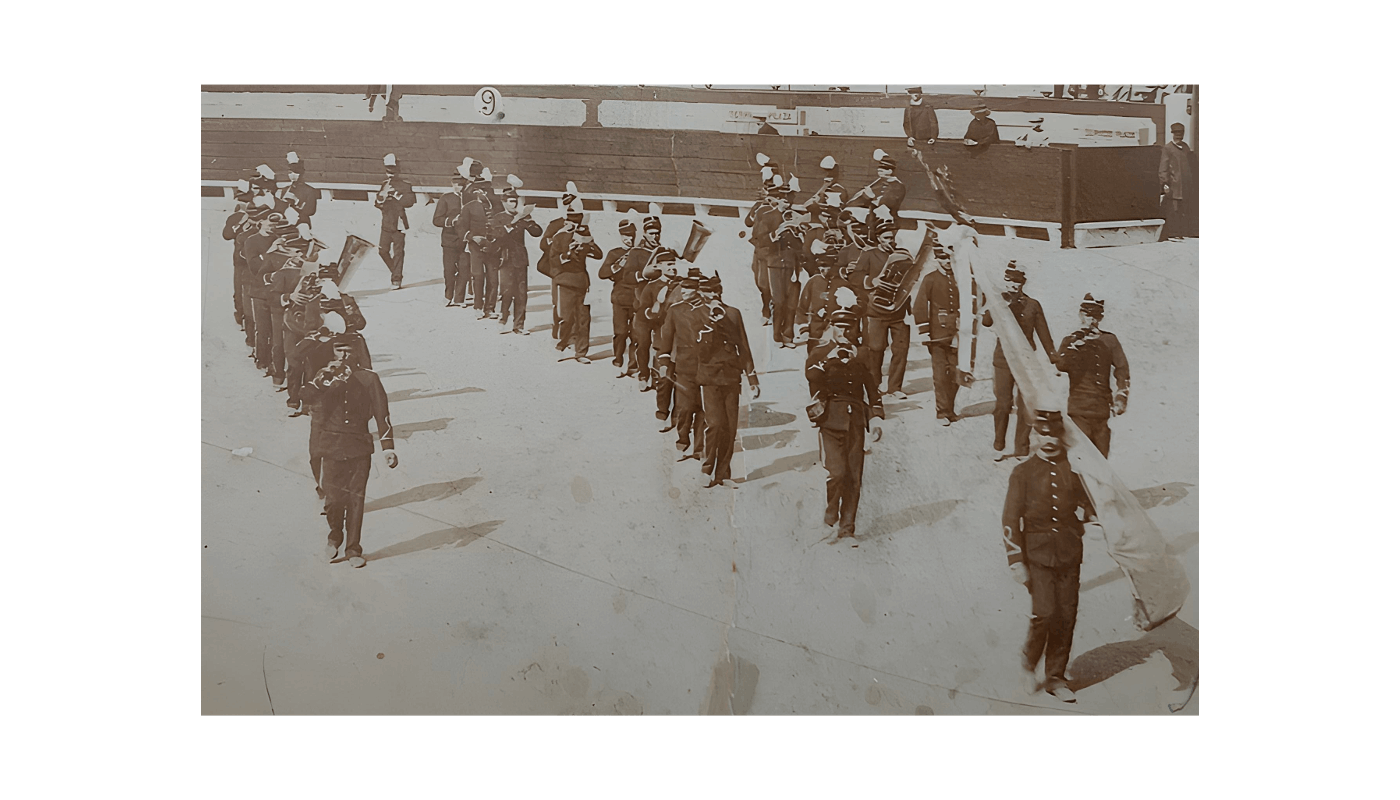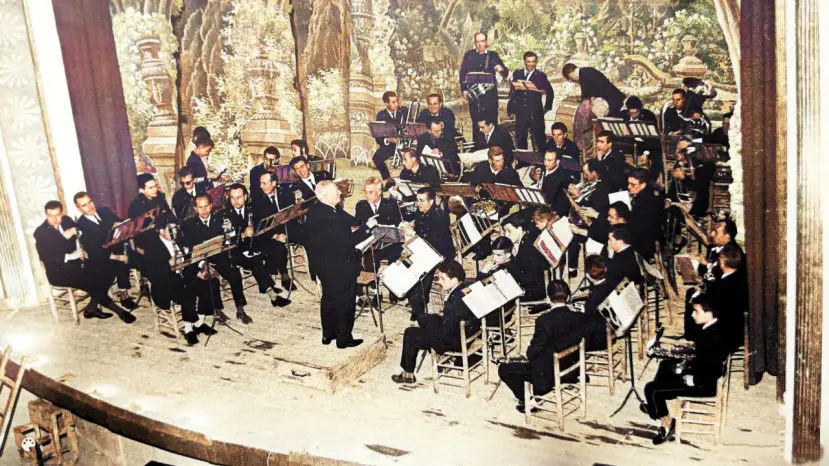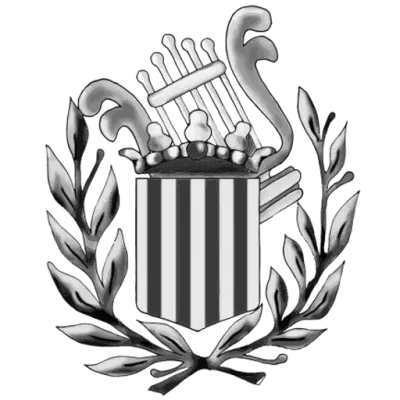A great entity
The origin of the Musical Society "La Artística" dates back to the last century, specifically its founding act dates from May 1, 1883. At that time, the different musical groups that existed in the town were dissolved. D. Idelfonso Carrascosa considered that, as the arrival of the railway to Buñol was close, it was necessary to regroup the scattered musicians to form a music band, which under the name "Música de Buñol", would liven up both that historic moment and the acts of any kind that could be produce in the population (holidays, religious, etc.)
Five years later, in 1888, the segregation of a group of musicians took place. Those who remained, with the new name of "La Lira", are the ones who transmitted that musical torch that was lit a few years before, until it reached what is today "La Artística". This denomination comes from the decade of the twenties when, under the direction of D. Francisco García Ballester, this group became a musical society.






